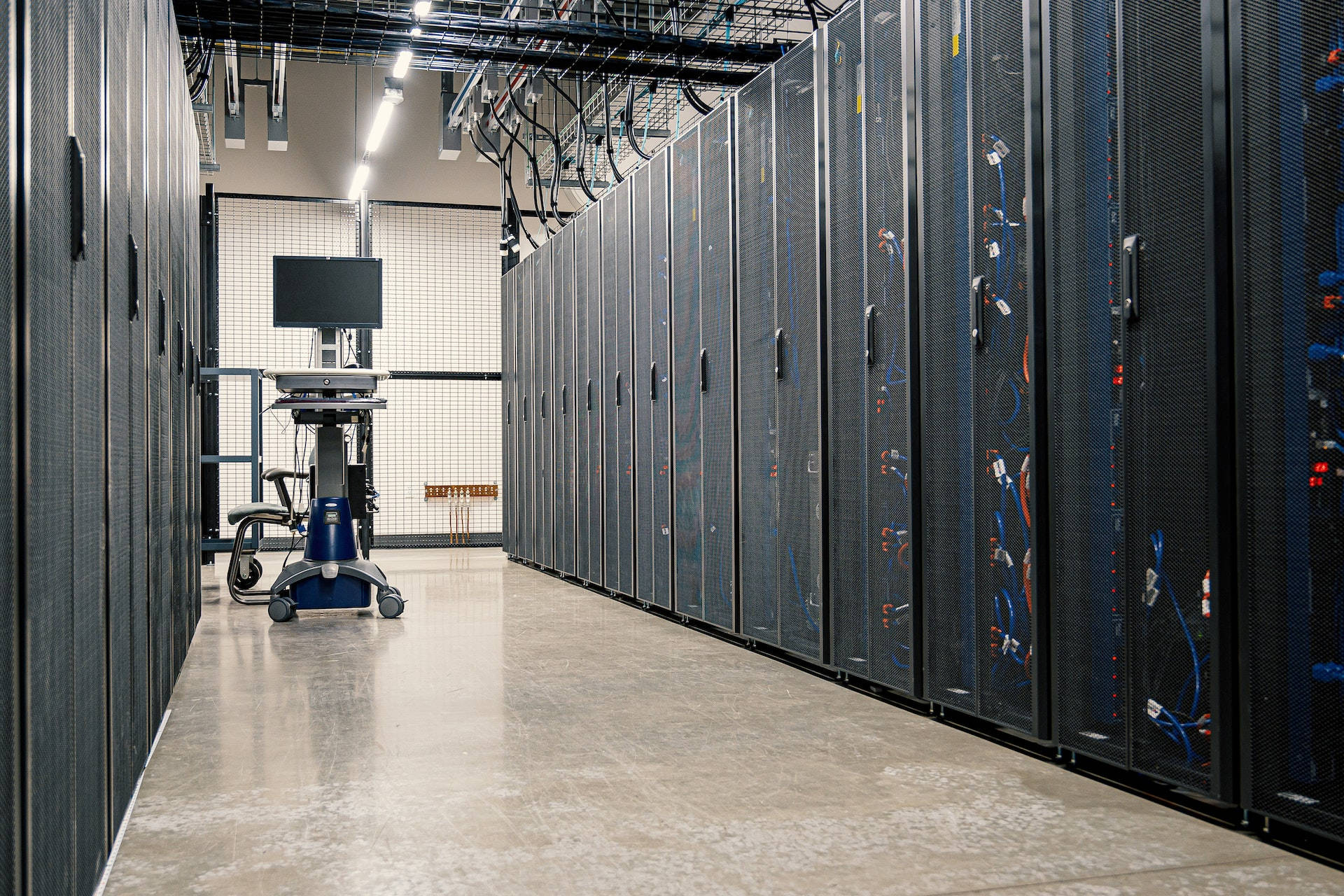
Data Silos Explained
A data silo refers to a separate and isolated storage of data within a business. This occurs when different departments or systems within an organization store and manage data independently, without any integration or standardization. As a result, data silos can lead to a number of challenges for businesses, including:

- Data inconsistencies: When data is stored in silos, it is often managed and updated independently, leading to inconsistencies and errors in data accuracy. This can make it difficult for employees to access the information they need, and can result in costly mistakes.
- Inefficient data access: When data is stored in silos, it can be difficult for employees to access the information they need, as they may need to log in to multiple systems or databases. This can lead to delays and wasted time, as well as decreased productivity.
- Duplication of data: Data silos can lead to duplicated data, as employees may enter information into multiple systems or databases without realizing it. This can lead to increased storage costs, as well as difficulties in reconciling and updating data.
- Difficulty in making informed decisions: Data silos can make it challenging for businesses to see the big picture and make informed decisions based on accurate and up-to-date information. This can result in poor decision making and lost opportunities for growth and improvement.

In conclusion, data silos can have a significant impact on a business’s operations and bottom line. By breaking down these silos and integrating data from different sources and departments, businesses can improve data accuracy, efficiency, and decision making, and provide a single source of truth for employees. This can help businesses to stay ahead of the competition in today’s fast-paced digital world.


